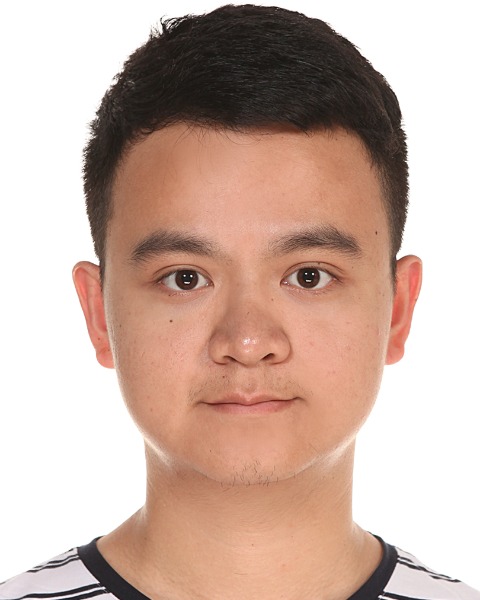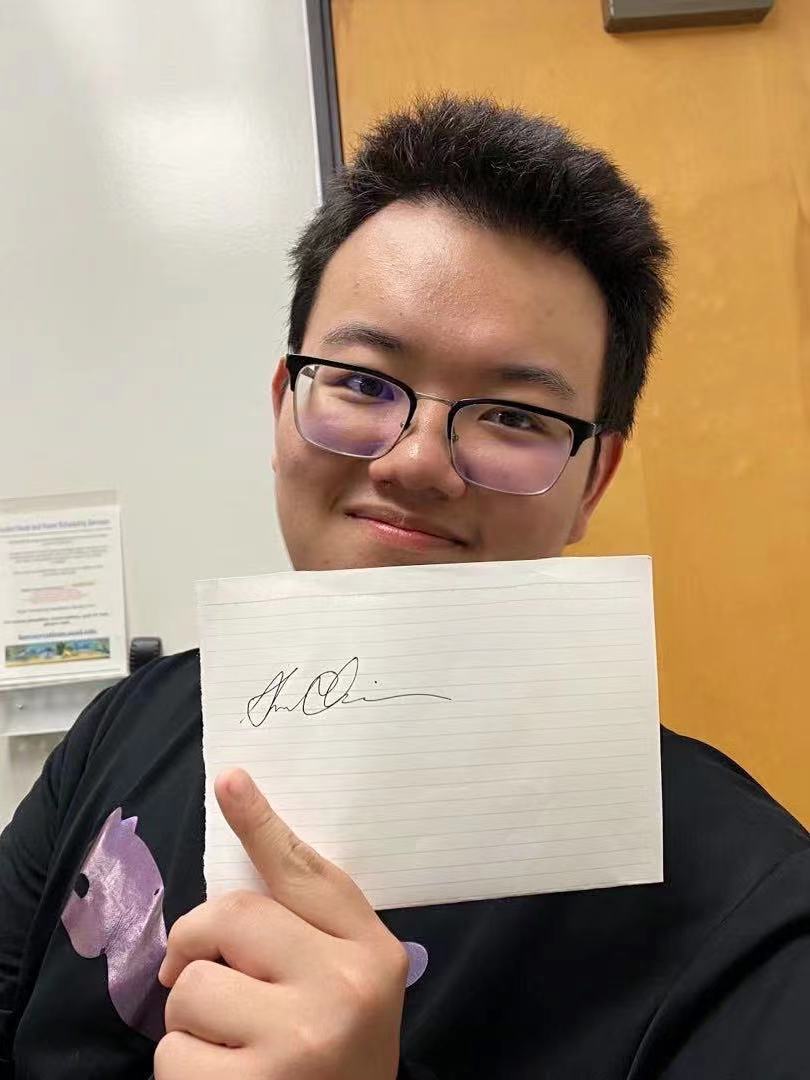Cellular and Molecular Bioengineering
(H-295) Engineering Focused-Ultrasound Controllable Protease-Activable Tumor Cells
.jpg)
Jiaxin (Katie) Cui (she/her/hers)
Graduate Student
University of Southern California, California, United States- PH
Peixiang He
PhD student
University of California San Diego, United States .jpg)
Longwei Liu (he/him/his)
Research Assistant Professor
University of Southern California
Los Angeles, California, United States
Linshan Zhu, PhD (he/him/his)
Postdoc researcher
University of Southern California
Los Angeles, California, United States- ZH
Ziliang Huang
Assistant Research Scientist
Department of Biomedical Engineering, University of Southern California
Los Angeles, California, United States - YW
Yingxiao Wang
Professor
University of Southern California, United States 
Tianze Guo (he/him/his)
Ph.D. Student
University of Southern California
Los Angeles, California, United States- YQ
Yunjia Qu, MS (she/her/hers)
PhD Student
Department of Bioengineering, University of California, San Diego
LOS ANGELES, California, United States - YW
Yiqian Wu
Professor
Peking University, United States
Presenting Author(s)
Co-Author(s)
Primary Investigator(s)
Co-Author(s)
Materials and Methods::
To characterize protease extracellular activity, DNA of the substrate peptide with the highest proteolytic strength is inserted into an existing construct with a human influenza hemagglutinin (HA)-tag used in our lab. Gene circuits are transfected into Lenti-X 293T cells with pCMV-dR8.2 dvpr and pCMV-VSV-G lentivirus packaging and envelope plasmids using Promega ProFection Mammalian Transfection System (Catalog: E1200) or Invitrogen Lipofectamine 3000 Reagent (Catalog: L3000015) to make lentivirus which are then used to infect either HEK 293T or Jurkat (ATCC Catalog: TIB-152) cells to yield permanent cell lines expressing protease cleavage substrate peptide on the cell plasma membrane. Substrate peptide expressing cells are co-cultured with and without free protease (Sigma Aldrich Caralog: T4455), followed by APC-labeled anti-HA antibody (BioLegend Catalog: 901523) staining to quantify extracellular protease proteolytic activity on flow cytometry.
Results, Conclusions, and Discussions::
Based on APC fluorescence intensity, substrate peptide-expressing cells with co-culture experienced a drastic decrease in APC signal from 16.14% cell population expressing HA-tagged substrate peptide to 0.90%, demonstrating robust substrate peptide cleavage by free protease in the extracellular space. However, it is worth noting that the infection efficiency of the substrate peptide gene circuit is fairly low at 16.14% cell population expressing detectable amount of HA-tag on the cellular membrane, suggesting that either the gene circuit or the lentiviral infection efficacy need to be optimized. My next step is to create a cell line that expresses the protease on cell surface upon FUS-stimulation, followed by co-culturing of protease-expressing cells with substrate peptide-expressing cells. Should this approach also be successful, then a humanized protease and its corresponding cutting site peptide sequence will be replacing the current protease and substrate peptide pair to facilitate clinical application of this technology. With the success of this synthetic biology technology, we will be able to activate CAR-T cells local to the solid tumor site despite systemic administration of our FUS-controllable gene circuit, providing both spatial and temporal control of CAR-T cell therapy while consequentially limiting the on-target, off-tumor effect of current CAR-T cell technology.
Acknowledgements (Optional): :
This research is supported by NIH NIGMS, NHLBI, NCI, and the USC Viterbi School of Engineering Graduate School Fellowship. Research is conducted under the main guidance of Peixiang He along with Longwei Liu, Linshan Zhu, Tianze (Paul) Guo, Ziliang (Adam) Huang, Yiqian (Shirley) Wu, and my PI Yingxiao (Peter) Wang.
References (Optional): :
